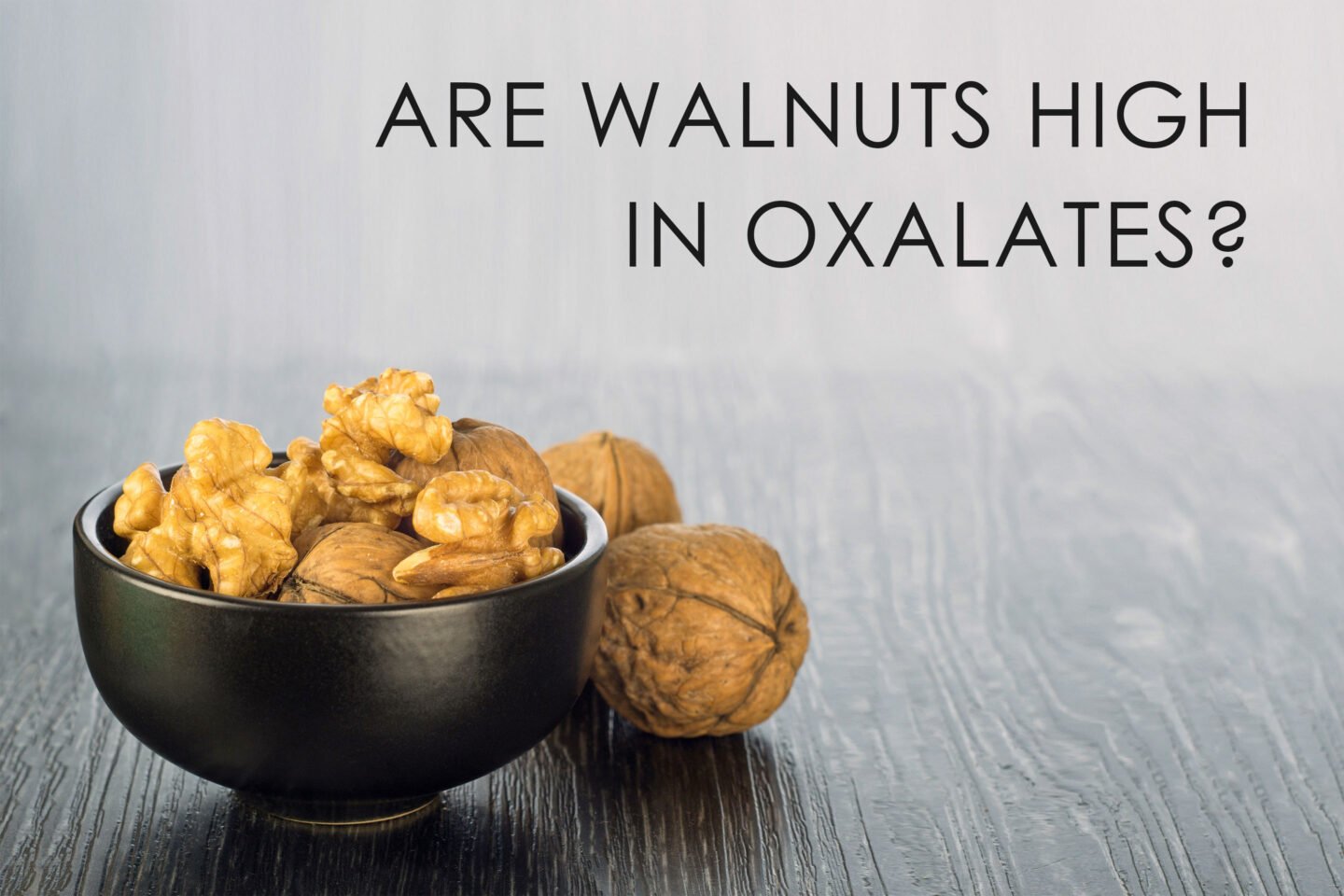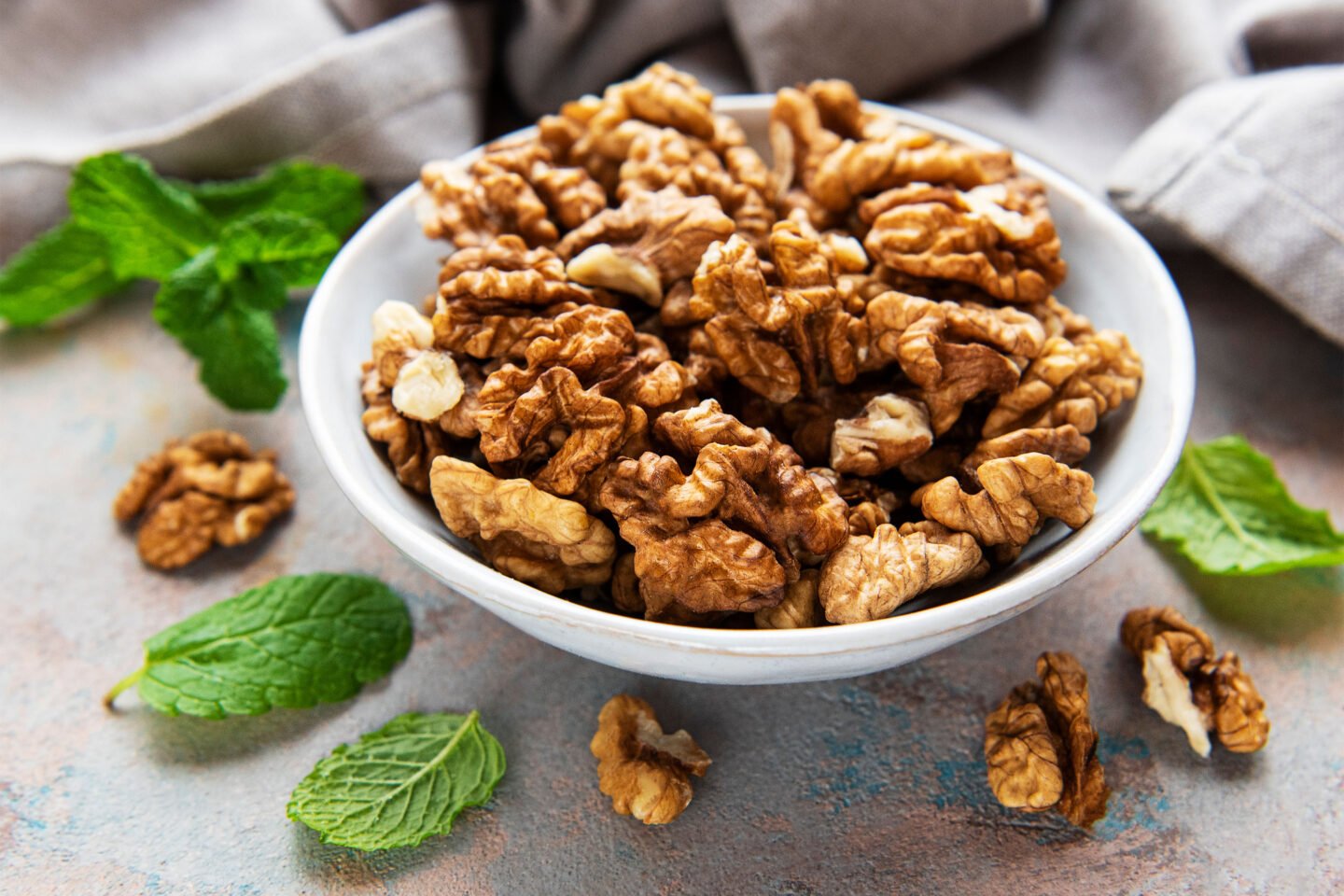Oxalates, or oxalic acid, occur naturally in plants, often those that are nutrient-dense. Our bodies also make them, and they cause no harm to healthy people. However, oxalates bind to calcium as they exit the body, which can lead to kidney stones in those with kidney issues.

If you suffer from kidney issues or have a history of kidney stones, your doctor may recommend you follow a low-oxalate diet. This involves being aware of the oxalate content of common foods and restricting your intake of those high in oxalates.
Table of Contents
Are Walnuts High or Low in Oxalates?
Walnuts are moderately high in oxalates, so those prone to kidney stones should limit their consumption.
However, they're highly nutritious and a good source of protein, so they're an excellent addition to a healthy, balanced diet.
What Is the Oxalate Content of Walnuts?
A quarter of a cup of walnuts contains around 10-25mg of oxalates, so most on a low-oxalate diet should be able to enjoy some occasionally.
Experts suggest that people on a low-oxalate diet only consume 40-50 mg daily to avoid kidney stones and other side effects.
Are Walnuts Good for You?

A quarter of a cup of walnuts contains 19 grams of fat, some of which are omega-3 fats that lower your risk of cardiovascular disease. The fat in walnuts also keeps you feeling full longer after eating, contributing to healthy weight control.
Walnuts contain the most beneficial antioxidants among nuts. These compounds help flush free radicals out of your body, preventing oxidative stress and age-related damage to your cells and organs.
They also lower bad cholesterol levels in your blood, preventing cardiovascular disease.
Eating walnuts feeds good gut bacteria, reducing inflammation, supporting your digestive system, and helping prevent cancer.
Can You Eat Walnuts Every Day on a Low-oxalate Diet?
Like most nuts, walnuts are moderately high-oxalate, so they shouldn't be eaten daily by those on a low-oxalate diet.
You can have a few every once in a while, but keep in mind that an ounce of walnuts contains 30 mg of oxalate, which is about 80% of the allowed intake for those on a low-oxalate diet.
